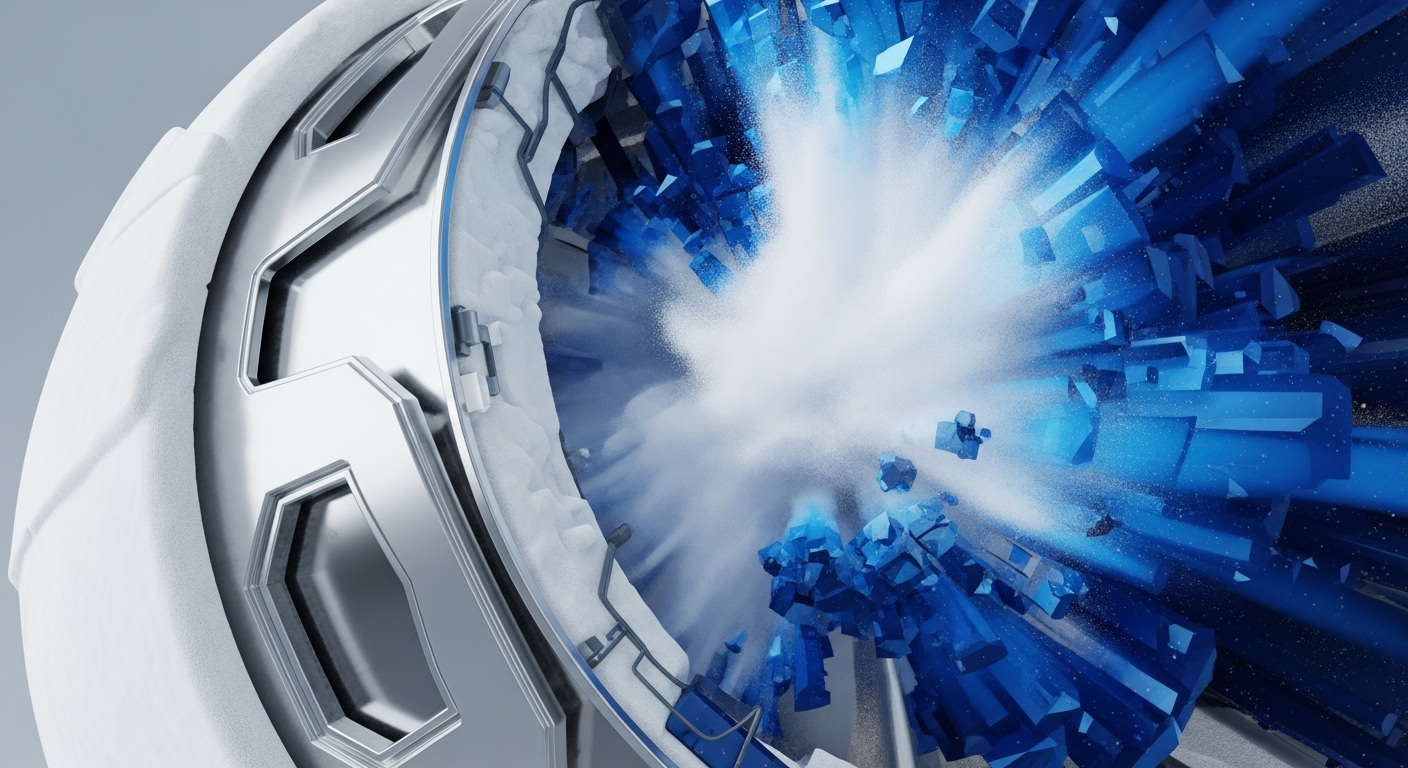
Briefing
Bitcoin’s network just hit a new all-time high in mining difficulty, reaching 142.3 trillion, alongside a record hashrate of over 1.1 trillion hashes per second. This significant surge means the network is more secure than ever, but it also intensifies competition among miners. The core implication for investors is a strengthening of Bitcoin’s foundational security, even as it raises questions about the increasing cost and potential centralization of mining operations, potentially pushing out smaller participants.

Context
Before this news, many in the market often pondered the long-term health and security of the Bitcoin network. There was a consistent underlying question about whether the protocol could maintain its robust security while also adapting to increasing demand and technological advancements from miners.

Analysis
This event occurred because the Bitcoin protocol automatically adjusts its mining difficulty to ensure new blocks are found roughly every ten minutes, regardless of how much computing power is dedicated to the network. As more powerful mining hardware comes online and more miners join the network, the competition for solving blocks increases, driving the difficulty upward. Think of it like a global treasure hunt where the clues are getting much harder, so only the most equipped hunters can keep up. The market reacts by recognizing enhanced network security, yet it also observes the rising operational costs and the possibility of smaller mining entities being priced out, which could lead to greater concentration among larger mining pools.

Parameters
- Mining Difficulty → The measurement of how hard it is to find a new Bitcoin block, now at a record 142.3 trillion.
- Hashrate → The total computing power dedicated to the Bitcoin network, which also reached an all-time high of over 1.1 trillion hashes per second.

Outlook
In the coming days and weeks, market watchers should observe trends in miner distribution. A key indicator will be whether smaller, independent mining operations can adapt to these rising costs or if the landscape continues to consolidate, signaling a shift in the network’s decentralization profile.

Verdict
Bitcoin’s network is stronger than ever, but the increasing difficulty could reshape the mining landscape.
Signal Acquired from → cointelegraph.com
